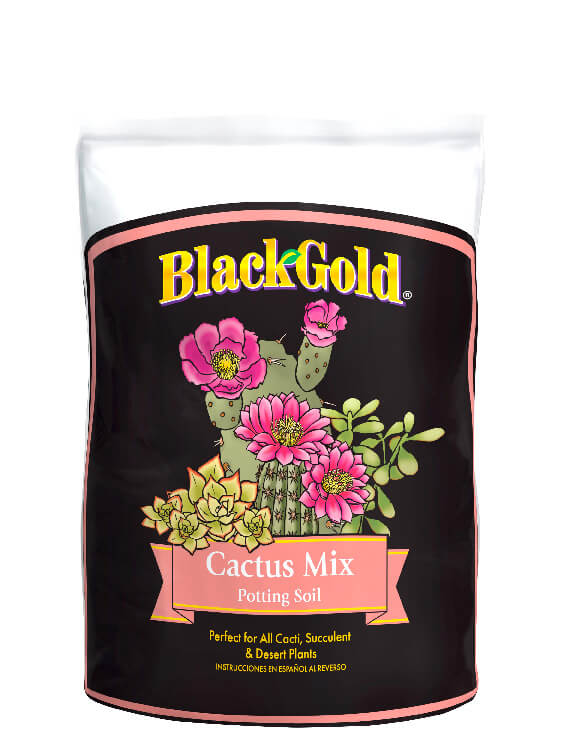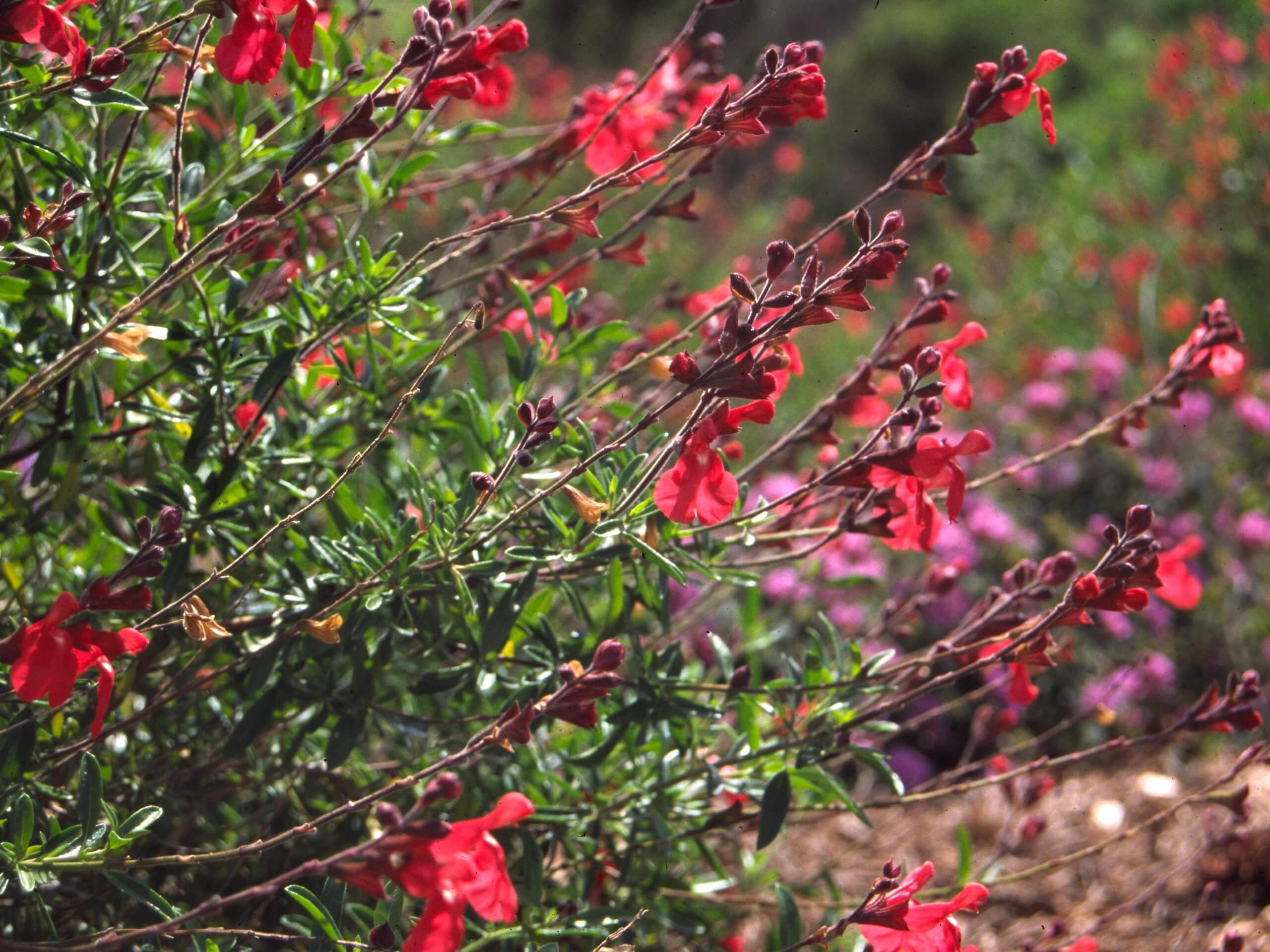
When nature gives you lemons, it’s time to make lemonade. There’s nothing more powerful than drought to bring some really great plants front and center. In lieu of thirsty annuals this year, plant water-conserving perennials that live long and bloom even longer. There is no better choice than a rugged Texas native called Autumn sage (Salvia greggii), which has become the backbone of California arid flower gardening. It thrives just as well on the cool coast as it does the blistering low desert, proving this plant is among the most adaptable to less-than-ideal conditions throughout the southwestern states.
In the desert, Autumn sage is one of the few plants that continue blooming when temperatures approach 120° F. It is grown as a garden perennial but is technically a subshrub due to its semi-woody branches, which are key to its drought resistance. From its twiggy framework rises fast-growing stems with small leaves that end in carefree spires of vivid blooms.

The wild species produces firecracker-red flowers that hummingbirds find irresistible. Wild forms may be the most heat and drought tolerant because some cultivated varieties seem to be less tolerant of harsh growing conditions. Still, quite a few cultivars have proven their worth in arid gardens, allowing gardeners to fill their beds with multicolored Autumn sages that bring vibrant movement to the yard, no matter how hot the summer.
When choosing a spot for your sage, consider its natural habitat. In the wild, autumn sage grows in open sandy or gravelly ground or on rocky cliffs and slopes, so planting areas should have full sun and soil with rapid drainage. This makes sage an ideal problem solver for hot spots and erosive ground where fertility is too low for many other species. For best results in clay soils, amend beds with organic matter and raise the root crown a bit with rocks and potting soil to keep it above saturated ground.

Autumn sage is also suited to culture in pots for porch or patio. Container specimens do best when planted as mature, one-gallon-sized plants, though quart-sized specimens are fine for smaller pots. Grow autumn sage in spacious, well-drained containers that allow plenty of air and moisture movement. This reduces potential problems with root rot from wet soil. The ideal potting soil for this sage blends equal parts of Black Gold Cactus and Succulent Mix with Black Gold Natural and Organic Potting Soil with Resilience. This combination allows superb drainage during the cooler wetter parts of the year, while retaining enough moisture in hot, dry months to ensure rapid growth and continuous bloom.
Autumn sage is ideal for bringing hummers in close without the hassle of feeders. Stud your deck with different colored varieties. Consider more unique selections, such as ‘Hot Lips’ with its bicolored blooms of hot pink and white. Other forms come in colors such as snow white, purple and various shades of red, pink, magenta and coral. There’s no need to know the varietal names because these plants start blooming so young you can select them by flower color.
Two things keep Autumn sage blooming its heart out for months on end. First feed with a fertilizer formulated for garden flowers. Second, nip off any flower spikes that are through producing buds. This prevents seed development, which can slow new bud formation.

Drought can be a challenge to traditional gardens and plants, but it’s a great opportunity to become familiar with new species for your landscape. As the lack of rain demands wild plants in the West to change their habits, we must change ours too, and by planting smart we’ll turn sour garden lemons into the sweetest most colorful lemonade.
